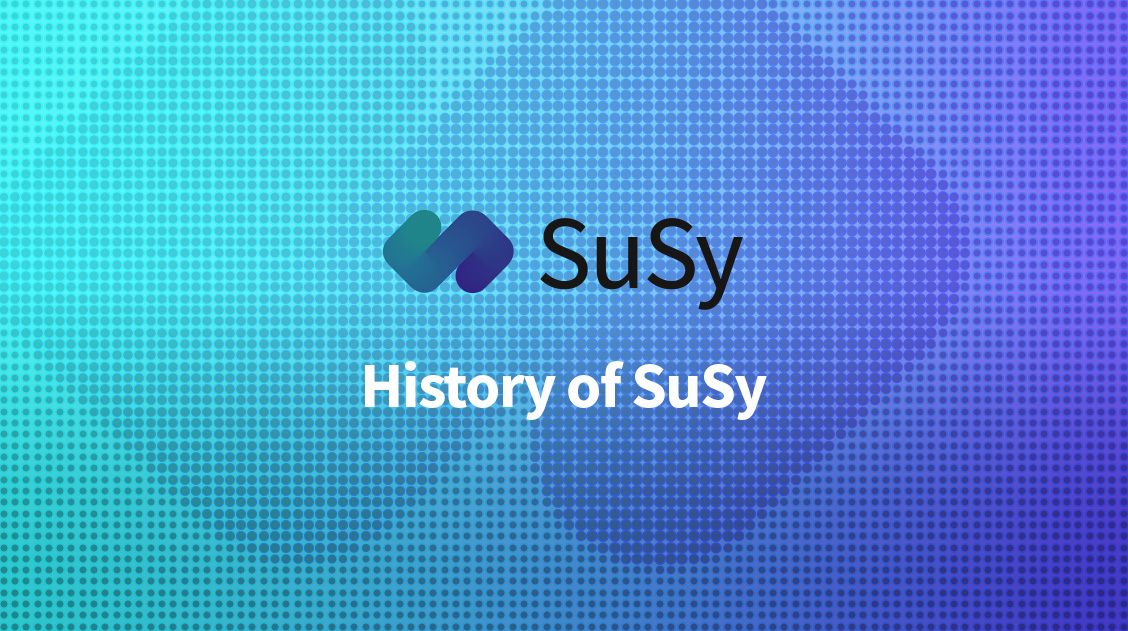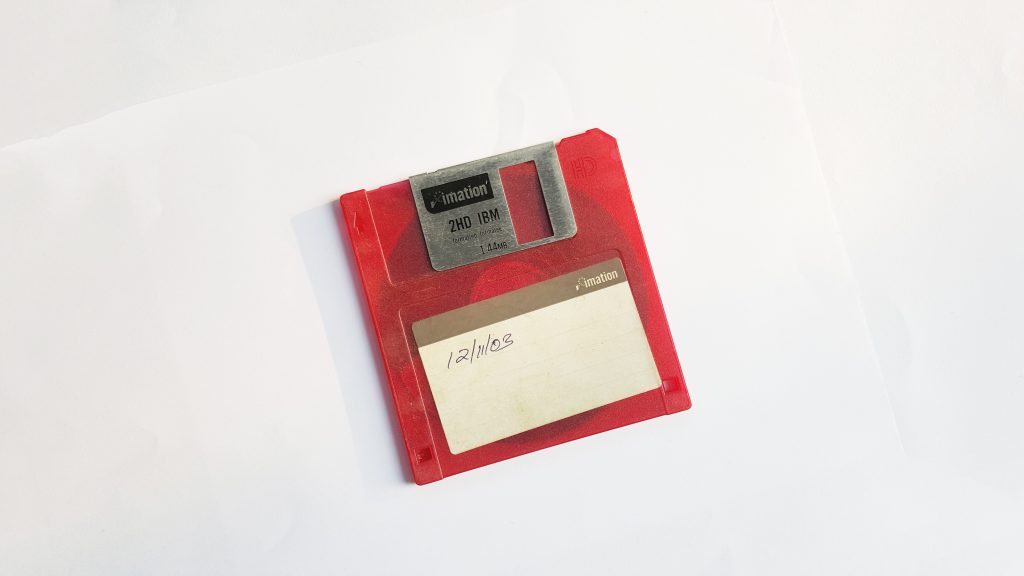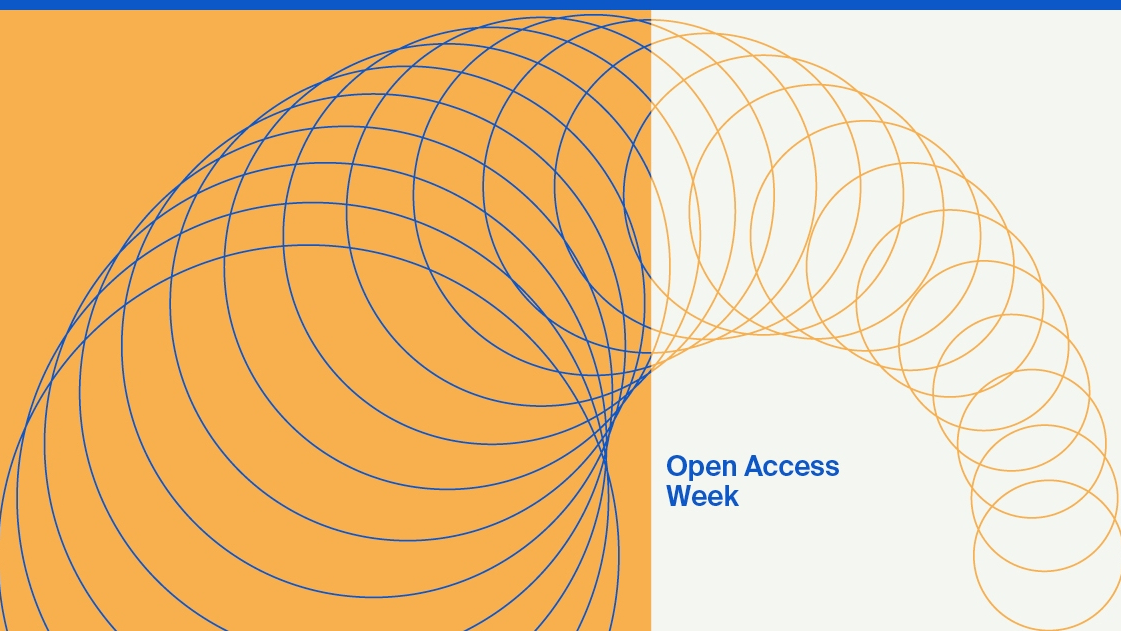
The History of MDPI’s SuSy
SuSy is MDPI’s online submission system. It’s software designed with authors in mind, allowing them to easily submit and review their manuscripts alongside their co-authors.
But how did this software come about, and how has it developed since its creation?
To answer this, we’ll have to go back to the year 1996, when it all started.
MDPI: New Publisher on the Block
In 1996, MDPI was founded by Dr. Shu-Kun Lin and Dr. Benoit R. Turin.
This was against the backdrop of a rapidly changing technological landscape. The 1990s saw home computing become widespread. However, online communication was generally limited to email, and even this was not used by everyone. Email services were provided by Internet service providers until the creation of Hotmail in July 1996.
At this time, most publishers coordinated their processes by sending floppy disks back and forth.

Each disk contained a manuscript. As you can imagine, this was very slow, especially compared to today’s standards of high-speed communication.
Email Takes Over
As time went on, email started to become an important means of communication. Between 1998 and 1999, the total number of email users jumped from 37 million to 62 million.
That’s when MDPI switched from floppy disk to email.
If you were sending your manuscript to an MDPI journal in the late 1990s or early 2000s, the process would likely have been as follows:
- You’d send your paper to the Editor-in-Chief of the journal via email.
- They would then email a few other academics in your field and invite them to peer review your work.
- Once an academic had emailed back and agreed to review, the paper would be sent to them.
- They would send their comments back, which would be passed on to the author for revisions.
This represented a promising step forward for MDPI. It was easier than ever to publish papers quickly. However, there were still many difficulties. For example, efficient record-keeping was impossible. Much time was wasted revisiting emails in search of a specific topic.
Email can still work in some circumstances. Even today, smaller publishers, particularly those publishing only one journal, rely on email services for publication.
The Rumblings of SuSy
By 2009, access to technology had widened dramatically. Smartphones became mainstream, and the competition between Apple’s iPhone and the open-source software Android intensified.
This was echoed at MDPI. Between 2007 and 2009, the number of papers submitted to MDPI journals doubled each year. This reached an all-time high in 2009: 2332 papers were published that year. Publication was still being coordinated via email at this point, producing a bottleneck.
With the hopeful expectation of more and more submissions, something had to be done to make the process more effective.
Many publishers began outsourcing their IT support and software needs. However, at MDPI, it has always been important for us to have everything in-house.
This is because, from the start, we have had a focus on technology and how it can improve publishing. Having everything in-house allows for a high degree of flexibility. Academia is constantly changing. This means our software needs to keep up.
Thus, the decision was made to invest boldly in IT. Between 2007 and 2009, a team of three expert software developers, working exclusively with MDPI, started developing the first version of SuSy.
SuSy’s Release
By 2011, digitalisation was continuing to rattle industries across the globe. Tech companies in particular were quickly adapting. For example, Amazon released the first Kindle with touch capabilities, Apple launched its virtual assistant Siri, and Cloud computing was taking off.

This was the year that MDPI launched SuSy. The IT team released SuSy amidst what was to be a technological revolution at MDPI. The first of MDPI’s social media channels was also set up in 2011, the MDPI Facebook page.
SuSy started as a simple submission-only platform. Authors could log in and upload their manuscripts to an MDPI journal of their choice.
Endless Improvements
The release was a huge milestone for MDPI. The introduction of a simple submission system was, and still is, the biggest change ever made to MDPI’s editorial process.
SuSy was developed based on the needs of both authors and MDPI staff. Journal staff consistently propose new updates for the system. They do everything they can to streamline the process in order to most effectively meet authors’ needs.
Since SuSy’s release, the IT team has steadily increased SuSy’s capabilities. The added functions include:
- The peer review process;
- The billing system, including invoicing and vouchers;
- Editorial functions, such as formatting and English editing;
- Special Issue management.
The Future of SuSy
These days, there are very few MDPI processes that are carried out outside of SuSy. Manuscripts have become digital items that move through the submission system, and are assigned various statuses as they progress. This makes it very easy to keep track of research. Reminders and alerts also keep authors up to date with their tasks.
We take great pride in SuSy. It’s an excellent platform for publication. MDPI’s IT team is now made up of over one hundred developers.
Since SuSy has been such a success, MDPI has expanded to make it available for other publishers as well: JAMS allows publishers to use SuSy to organise their processes. We’re happy to support them in this process.
The IT team started this journey by developing a simplistic version of SuSy. Other publishers can subscribe to the basic version (submission system only), or upgrade for access to additional features (the billing system, peer review system, etc.).
The great thing about JAMS is that it’s constantly offering more. Because MDPI regularly updates the SuSy platform based on perceived needs, there are ongoing benefits to using JAMS.










